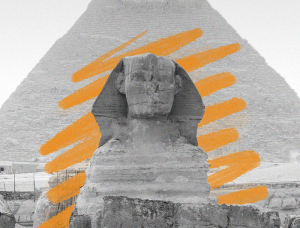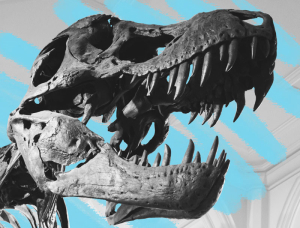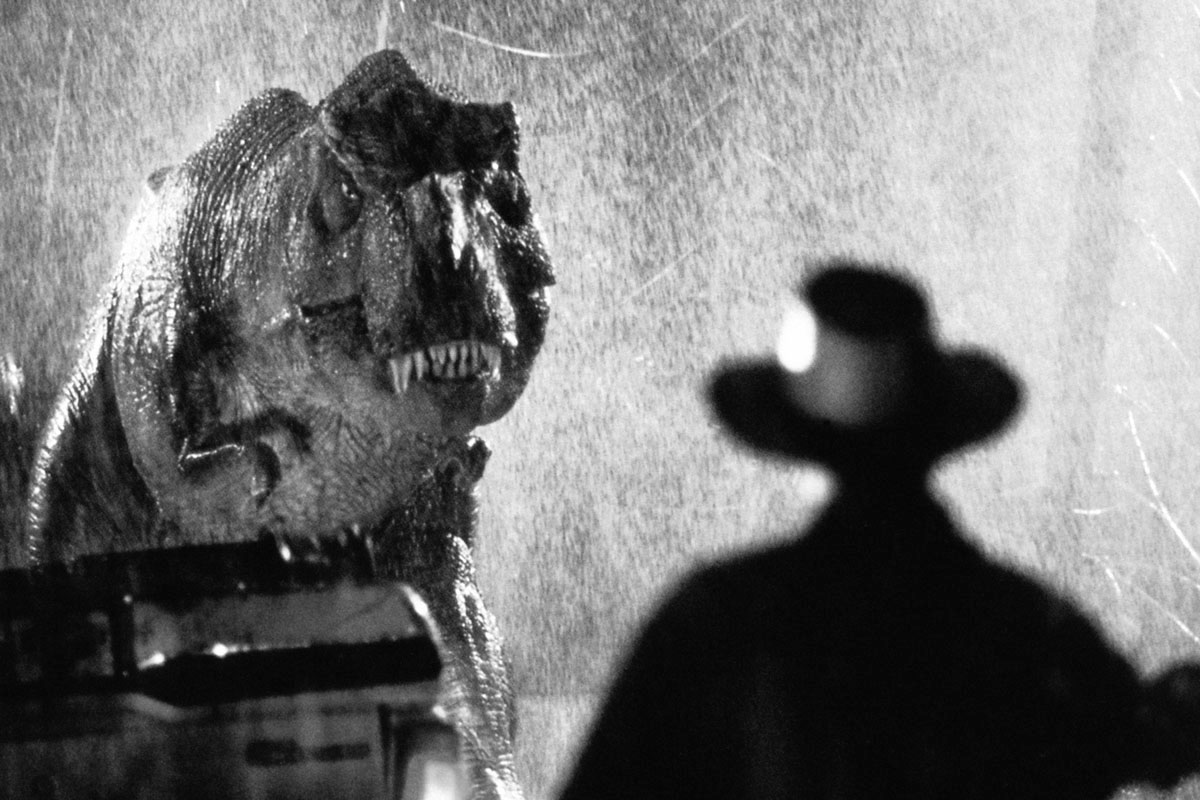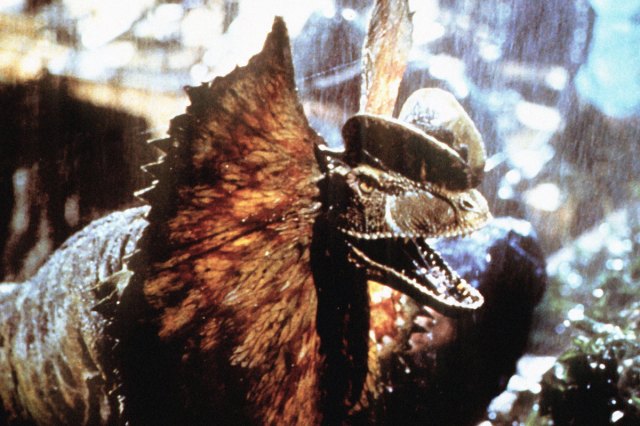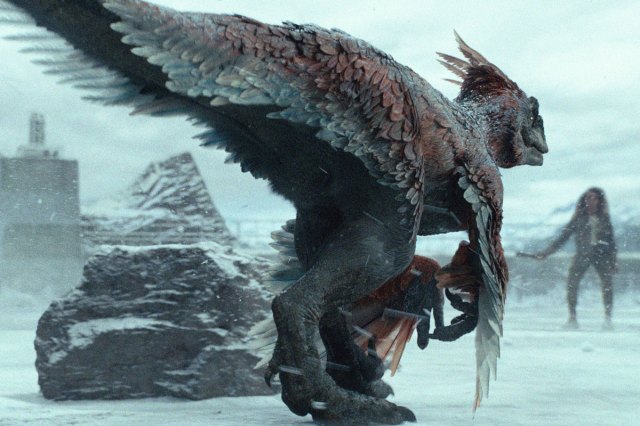Are the ‘Jurassic Park’ Dinosaurs Realistic?
When Jurassic Park premiered in June 1993, it wasn’t just another summer blockbuster. Many of us still remember sitting in the theater, popcorn in hand, in awe as a shockingly lifelike brachiosaur appeared. The dinosaur moved, ate, and roared across the screen with a realism we’d never seen before.
Director Steven Spielberg worked closely with paleontologists such as Jack Horner to base the film in modern scientific understanding, but as Horner himself has said, “We weren’t trying to make a documentary.” Today, more than 30 years and six sequels later, the question is still on our minds: Are Jurassic Park’s dinosaurs more science or spectacle?
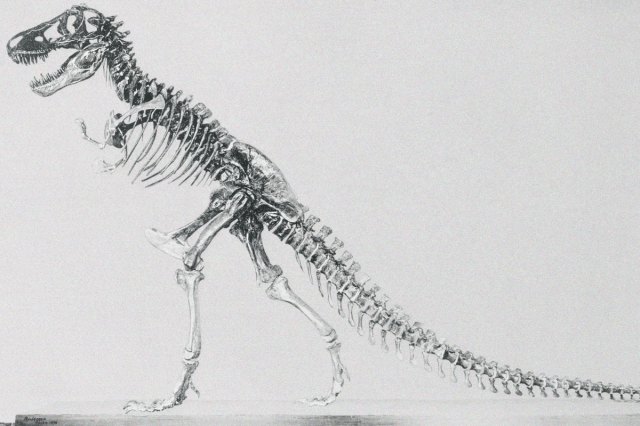
T. Rex and Raptors
The Tyrannosaurus rex was the undisputed star of the original film. Speaking with NPR recently, paleontologist Matt Lamanna called its depiction “pretty awesome,” with its size, shape, and most behaviors reflecting what paleontologists understand today. But one of the movie’s most famous lines — “He can’t see us if we don’t move” — suggests the predator’s vision is based solely on movement, which isn’t quite true. Fossils show that the T. rex had forward-facing eyes, and the shape of the dino’s skull means it likely had excellent depth perception. In fact, scientists think it may have had among the best eyesight of any dinosaur.
More recent discoveries also suggest the T. rex, along with most dinosaurs, may have had feathers. While it’s likely that earlier Tyrannosaurus species had more significant plumage, T. rex, which lived later in the Cretaceous Period, could still have had feathers along its back.
Feathers — or the lack thereof — play an even bigger role with velociraptors, perhaps the most exaggerated dino in the franchise. In reality, these dinos were covered in feathers and only about the size of a turkey. The film also gave the raptors down-facing hands, but paleontologists say that their palms would have faced each other (as would a T. rex’s), as theropods were known as clappers, not slappers.
Jurassic Park’s sneaky, scaly raptors were actually based on their larger cousin deinonychus. Some details were on point, though: According to fossil records, the raptors’ sickle-shaped claws were accurate, and like the movie versions, real velociraptors were indeed thought to be smart, fast, and ferocious, though probably more solitary than the pack hunters that terrorized the cast.

